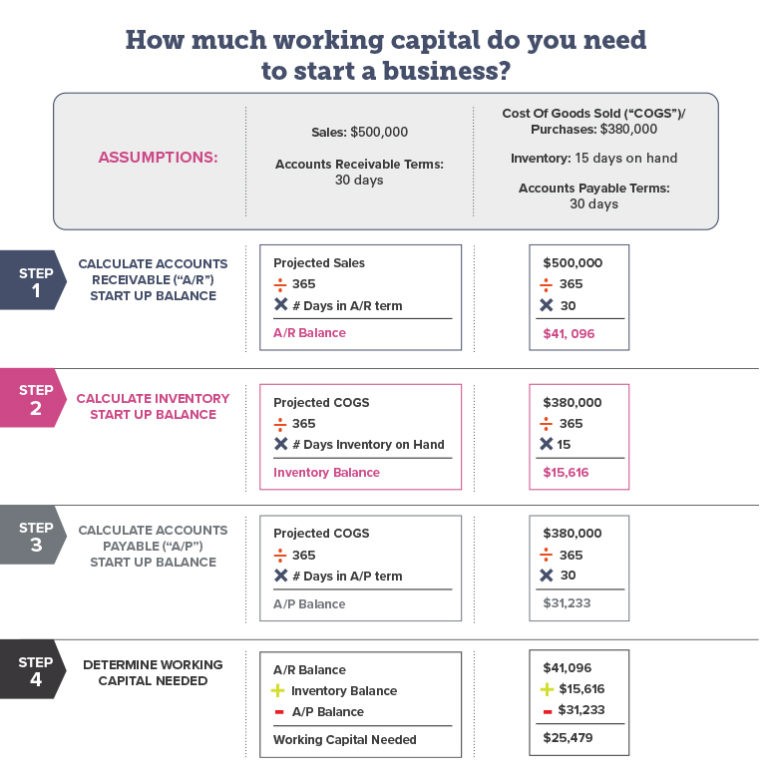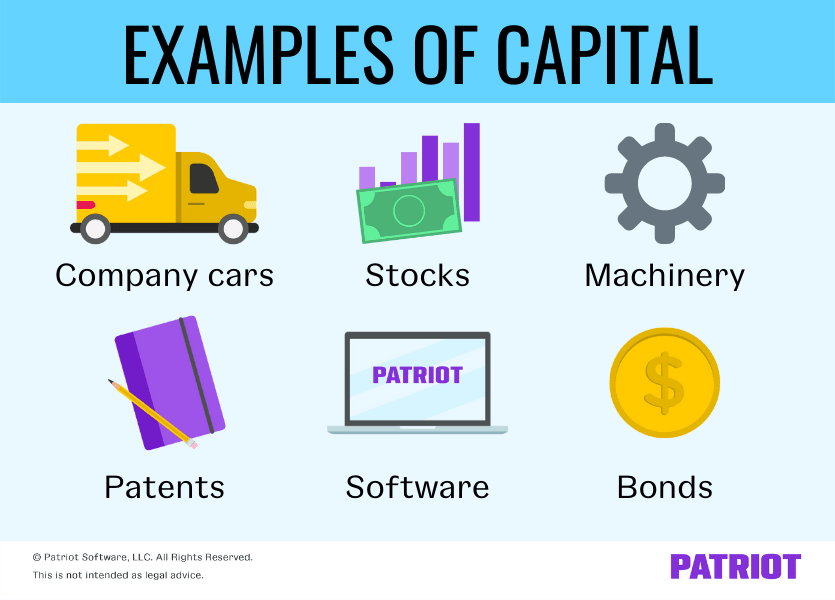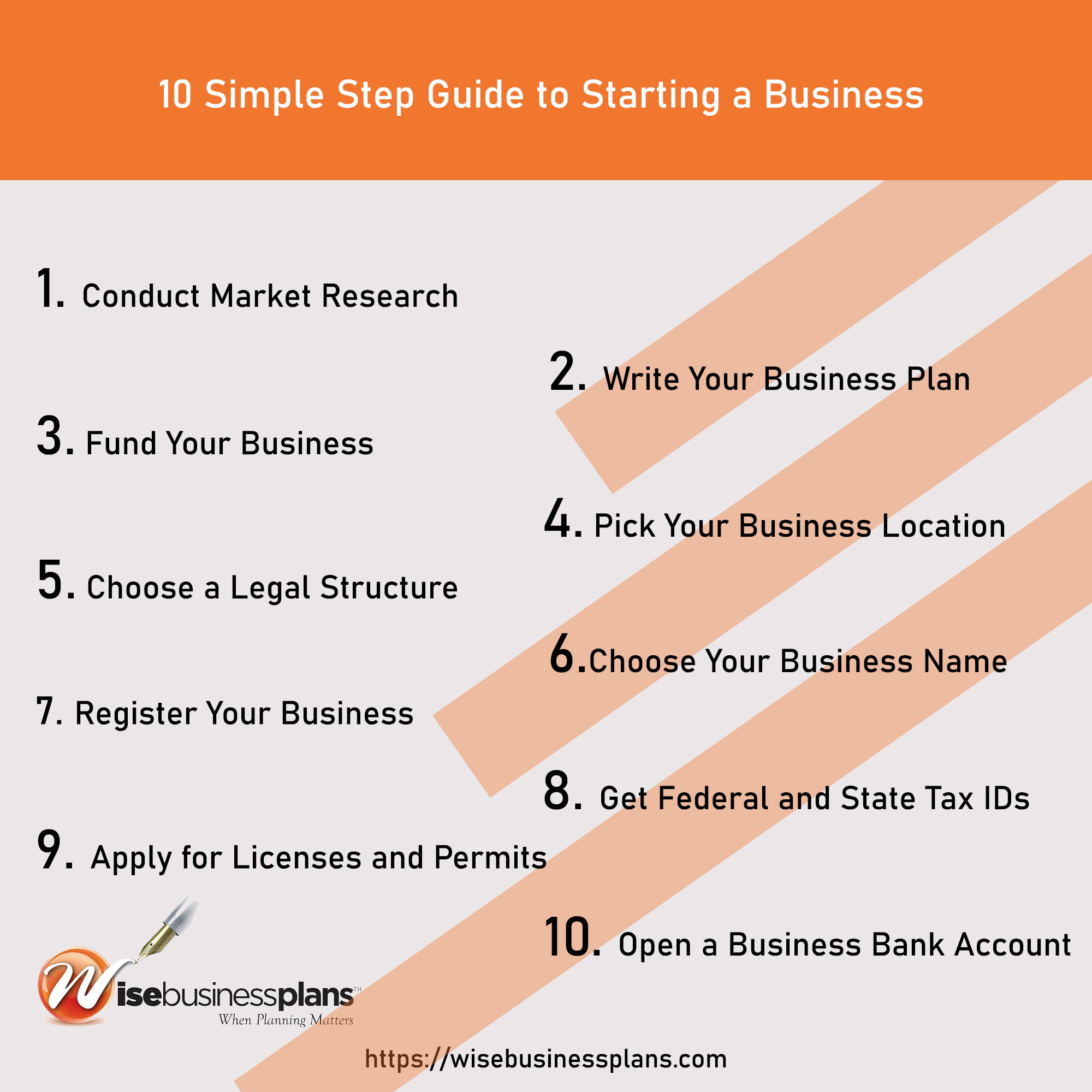How To Obtain Capital To Start A Business

Time is money. Aspiring entrepreneurs, securing capital is the crucial first step to launching your dream business. Here's a fast-track guide to obtaining funding and making your vision a reality, right now.
This article provides actionable strategies for navigating the complex world of business finance. We will cover everything from bootstrapping to venture capital, giving you the tools to effectively fuel your startup's growth.
Bootstrapping: Starting Small, Thinking Big
Bootstrapping means funding your business using personal savings and revenue. This is the most common starting point for many entrepreneurs. It requires frugality and a laser focus on generating revenue quickly.
Who benefits: Individuals with limited access to external funding but strong self-discipline. What to do: Minimize expenses, reinvest profits, and leverage existing assets.
Loans: Borrowing to Build
Small business loans are a traditional funding route. You can find them at banks, credit unions, and online lenders. Expect to repay the loan with interest over a set period.
Where to look: Chase, Bank of America, and online platforms like Fundbox offer various loan options. How to prepare: Develop a solid business plan and demonstrate strong creditworthiness.
Angel Investors: Seeds of Growth
Angel investors are individuals who provide capital for startups, usually in exchange for equity. They often bring valuable experience and mentorship alongside their investment.
When to seek: When you need a significant capital injection and strategic guidance. Why it matters: Angel investors can accelerate growth and open doors to new opportunities.
Venture Capital: High-Risk, High-Reward
Venture capital (VC) firms invest in startups with high growth potential. VC funding rounds are typically larger than angel investments.
Who they target: Companies with scalable business models and a proven track record. How to approach: Prepare a compelling pitch deck and demonstrate significant market opportunity.
Crowdfunding: The Power of the Crowd
Crowdfunding platforms like Kickstarter and Indiegogo allow you to raise money from a large number of people. This is usually in exchange for rewards or early access to your product.
What to consider: Crowdfunding requires a strong marketing campaign and a compelling product. Where to start: Research different platforms and tailor your campaign to your target audience.
Grants: Free Money (But Competitive)
Government grants and private foundation grants offer non-repayable funding. Securing a grant is competitive and requires a detailed application process.
Where to find: Grants.gov lists federal grant opportunities. How to increase chances: Align your business with the grant's objectives and demonstrate a clear social impact.
Friends & Family: A Double-Edged Sword
Seeking investment from friends and family can provide quick capital. This can also strain relationships if the business struggles.
What to remember: Treat this investment with the same professionalism as any other. How to mitigate risk: Document the agreement clearly and manage expectations carefully.
Alternative Funding Options: Invoice Factoring, Revenue-Based Financing
Invoice factoring allows you to sell unpaid invoices for immediate cash. Revenue-based financing provides capital in exchange for a percentage of future revenue.
Why explore: For businesses with predictable revenue streams or those facing short-term cash flow issues. What to compare: Interest rates, fees, and repayment terms across different providers.
The race is on. Immediately evaluate your options, develop a comprehensive funding strategy, and aggressively pursue the capital you need to launch and scale your business. Every delay is a missed opportunity.


















